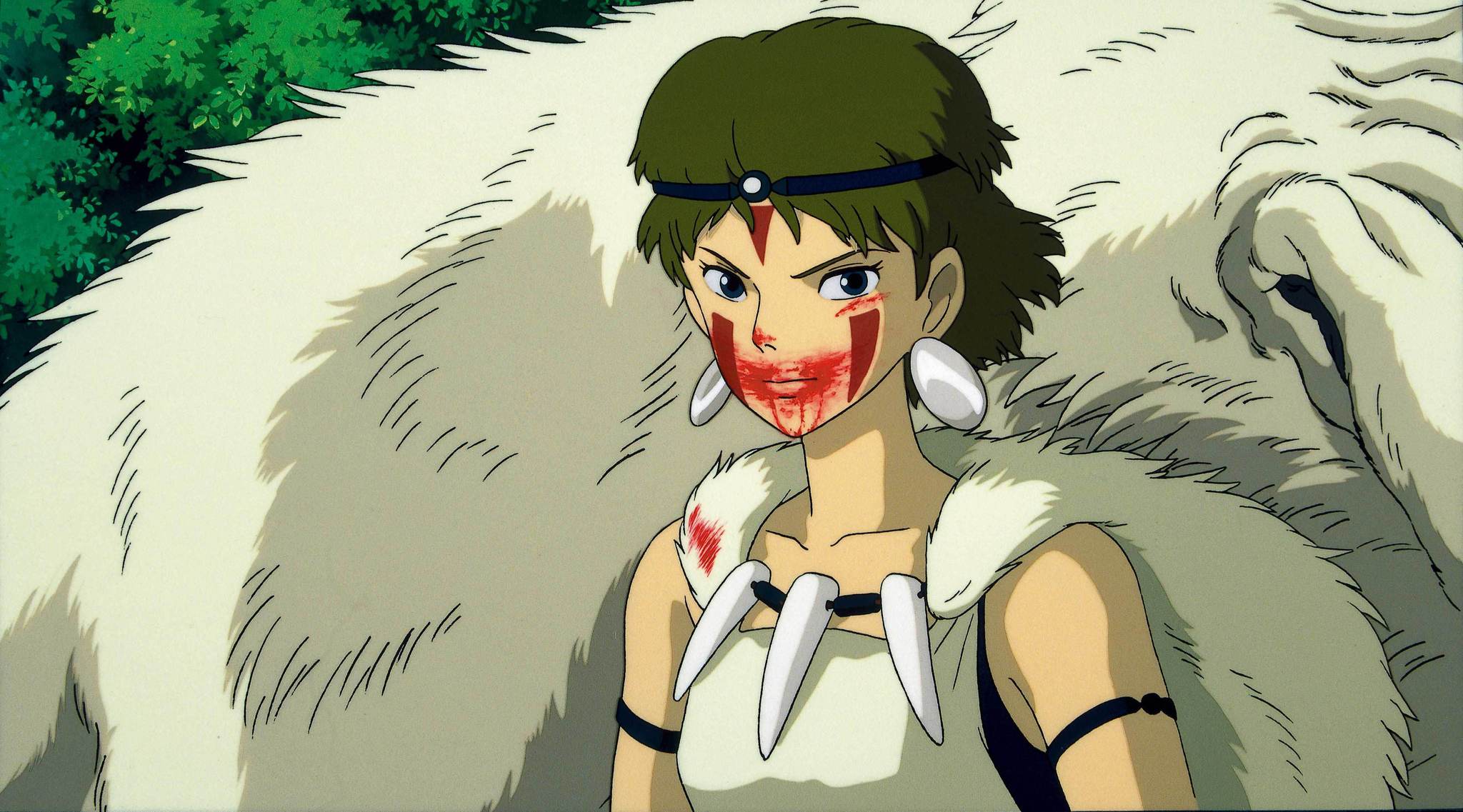Warning: May contain spoilers.
ALTHOUGH they came out decades ago, Studio Ghibli films remain cherished and relevant even to the younger generations.
These animated Japanese stories undeniably bring comfort and familiarity to their audience. Studio Ghibli films hold a special place in the hearts of those who grew up watching them or associated them with fond memories.
Further, watching these films feels like coming home to a warm home-cooked meal after a long tiring day at work or savoring a cup of freshly brewed coffee on a quiet Sunday morning.
While invoking all these warm feelings, Studio Ghibli films offer no simple tales. They often have nuanced storylines that explore themes of love and loss as well as the human condition. They frequently mix elements of fantasy, folklore, and reality to create a unique and immersive experience.
Studio Ghibli films also explore complex themes such as pacifism, grief, and the importance of family and community.
Additionally, these contain messages that urge viewers to reflect on and contribute meaningful actions to the global campaign to drive climate sustainability and protect the environment.
Here are some lessons about the environment that the Studio Ghibli films have imparted:
SUGGESTED STORIES:
Marcos Jr.: Student visa issuance being abused
PRESIDENT Ferdinand R. Marcos Jr. answered various social issues, including.
Zayn Malik accused of catfishing on Tinder; hopes to reconcile with former bandmates
SINGER-SONGWRITER Zayn Malik got accused recently of catfishing while using.
‘Lumpia Queen’ Abi Marquez wins Webby Award in New York
FOOD content creator, Abigail “Abi” Marquez, a.k.a. “Lumpia Queen,” won.
Nature is a force
Studio Ghibli films like the well loved My Neighbor Totoro (1988) and Howl’s Moving Castle (2004) are known for their vibrance, beauty, and poignancy.
Nature is often portrayed carefully and intricately in the animations, depicted by lush rolling greens, century-old forests inhabited by mystical creatures and deities, silky bodies of water, and delicate flowers.

Still from Howl’s Moving Castle (2004)

Still from Spirited Away (2001)

Still from My Neighbor Totoro (1988)
But nature is more than just a background or an aesthetic element that makes the animation more appealing. More often than not, it’s a powerful force that dictates how the storyline will flow. It’s a symbol of infinite possibilities and omnipotence, as well as of grace and vigor.
Small actions contribute big changes
Animation maestro Hayao Miyazaki is no environmentalist but his high regard for nature is explicitly shown in his Studio Ghibli films.
Miyazaki shows his audience that one doesn’t need to execute massive measures to help the environment to revitalize itself. Sometimes, all it takes is pulling out a stick from a polluted river.
In one of the most famous scenes in Miyazaki’s 2001 surreal fantasy film Spirited Away, 10-year-old Chihiro is seen stuck in the spirit world and forced to work in a bathhouse to survive.
A stinky spirit then appears in the sudatorium to enjoy a bath. As Chihiro tends to the filthy creature, she notices a thorn sticking out from its side. She then decides to pull the thorn out, leading to a pile of rubbish bursting out, including old pieces of furniture and bicycles.
Freed from the grime, a river spirit emerges cleansed and purified from all the dirt it has accumulated from mankind.



Stills from Spirited Away (2001)
According to Miyazaki, this Spirited Away scene was inspired by his river cleaning experience in his hometown, where he participated in the removal of river gunk including oil barrels and a bicycle.
We need to fight for the environment
A strong sense of environmental activism can also be seen in Studio Ghibli’s 1994 film Pom Poko. It follows the tale of shapeshifting raccoons called tanuki as they struggle to keep the forest safe from the perils that humans bring.
In the film, the tanukis disguise themselves as humans to encourage the latter to help save the environment against the plan to urbanize the Tama Hills area, which is where these mythical creatures live.
After failing to come to an agreement with the humans, the tanukis, faced with the threat of losing their home, decide to join forces and stop the massive destruction of the forest. They declare war against the humans.
The film does not end on a good note, however, with many tanukis sailing to their demise because of their inability to adapt to their new environment. At the conclusion of the film, the house complex has been built and the shapeshifting raccoons have been forced out of their homes.

Still from Pom Poko (1994)
Nature can take its revenge
Studio Ghibli films also honor nature’s power in fighting back against humans’ abuse of the environment.
Studio Ghibli’s darkest and most violent film Princess Mononoke (1997) shows that sometimes the environment, fed up with the disrespect it has been receiving from people despite sustaining their lives, has no choice but to retaliate to keep itself alive.
The movie narrates the devastating story of how mythical creatures in the forest turned into evil spirits to drive away humans and stop them from sapping its resources so that communities around the mountain could flourish.
Princess Mononoke is a jarring reminder that when humans destroy the environment, they are only digging their own graves.


Stills from Princess Mononoke (1994)












